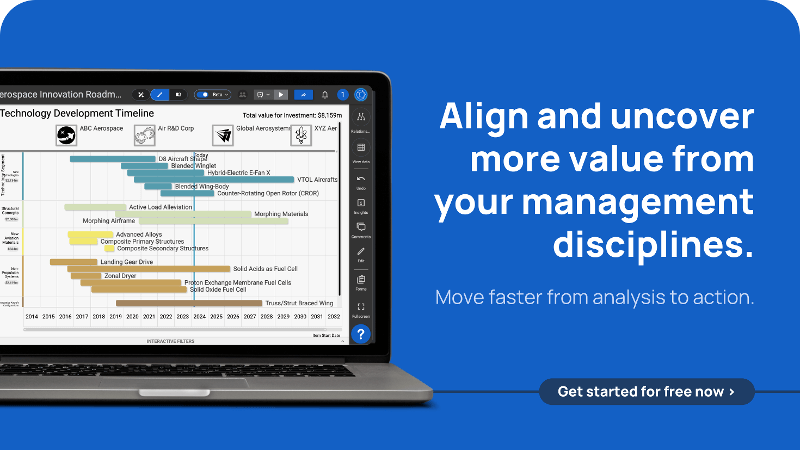In the fast-paced and fiercely competitive realm of modern business, organizations face the daunting task of managing multiple projects, investments, and initiatives simultaneously. Amidst this complexity, strategic portfolio management emerges as a powerful approach to effectively align resources, projects, and objectives with overarching business goals.
What is Strategic Portfolio Management?
Strategic portfolio management is a comprehensive approach used by organizations to align their project portfolios with overarching business goals and objectives. It involves the strategic selection, prioritization, and management of projects, investments, and initiatives to maximize value creation and achieve sustainable growth.
At its core, strategic portfolio management focuses on optimizing resource allocation, managing risks, and enhancing decision-making to ensure that the organization's portfolio of projects and investments aligns closely with its strategic direction.
By prioritizing value creation, optimizing resource utilization, and managing risks, organizations can enhance their competitiveness, drive sustainable growth, and achieve long-term success in today's challenging business environment.
Key Benefits of Strategic Portfolio
Management
-
Alignment with Business Objectives
Strategic portfolio management begins by defining and understanding the organization's strategic objectives and long-term vision. It seeks to ensure that every project or investment within the portfolio contributes directly to these overarching goals. Projects that offer the highest value and strategic fit are given priority in the portfolio. By prioritizing initiatives that contribute most to business success, it helps focus resources and efforts where they matter most.
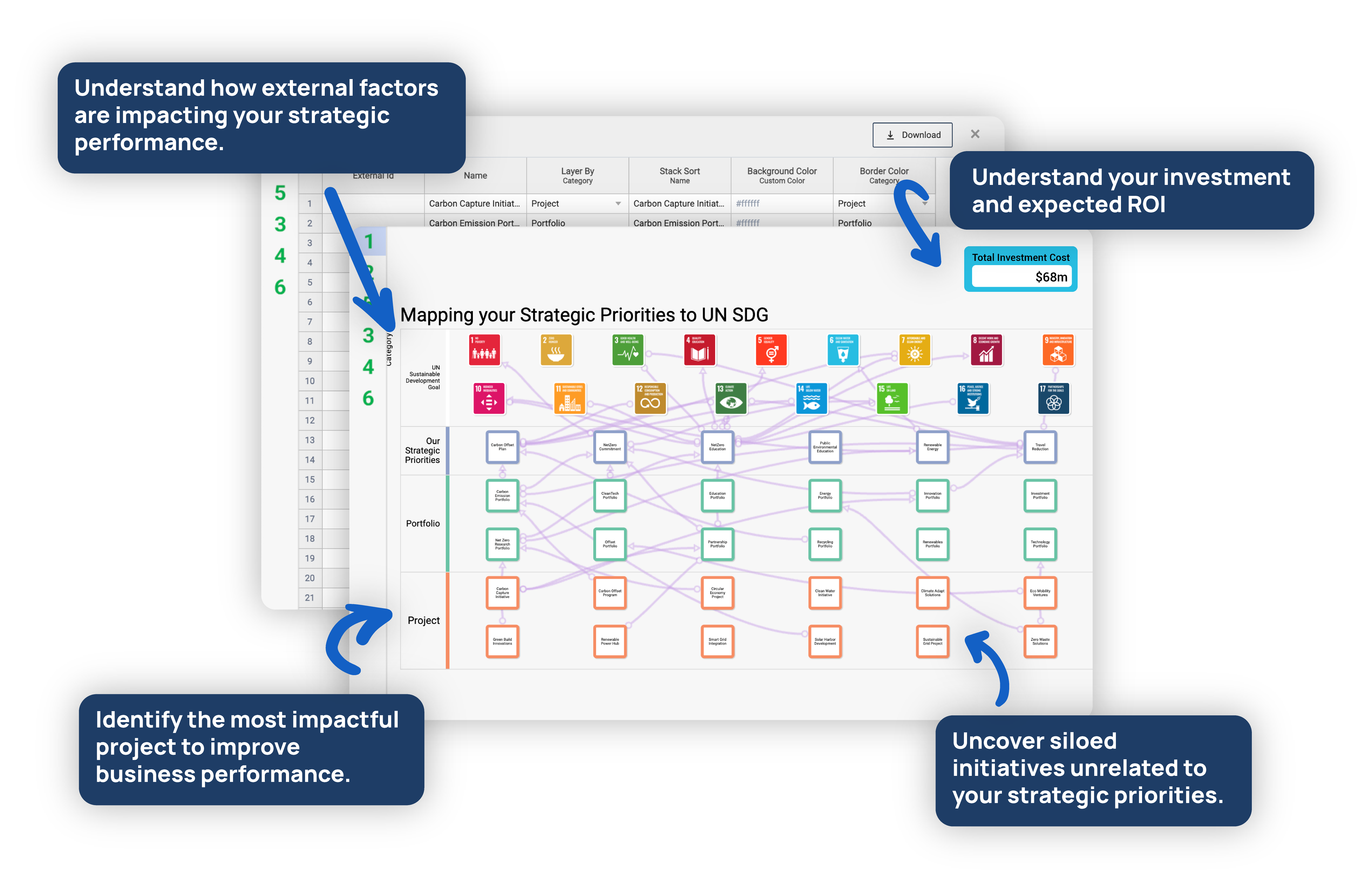
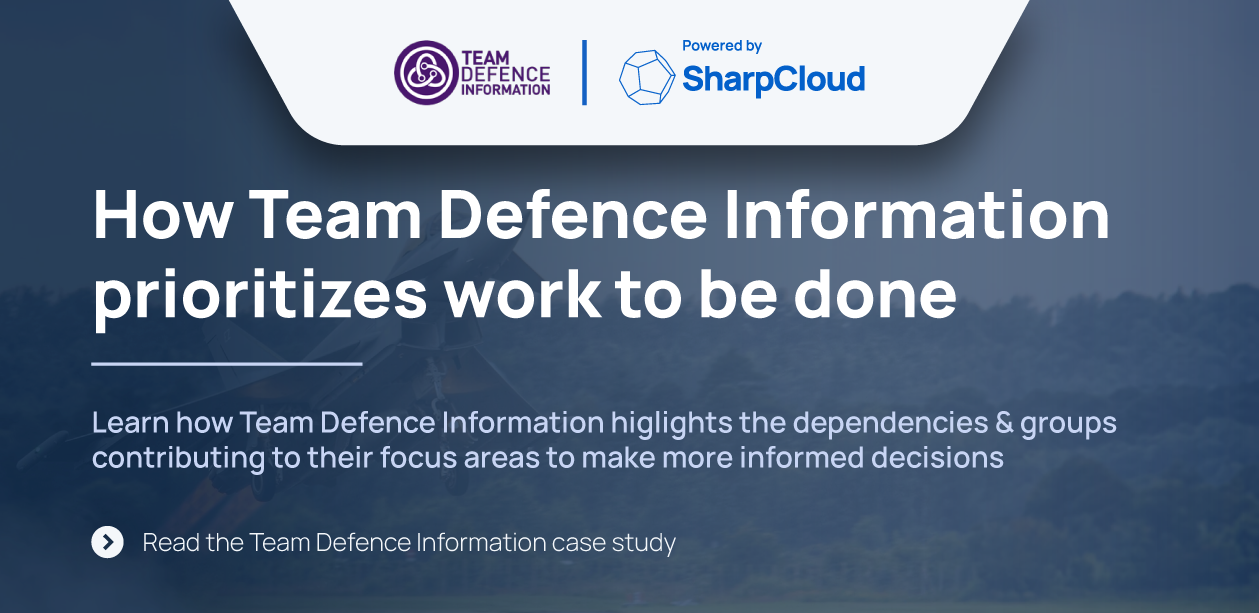
-
Optimized Resource Allocation
One of the fundamental aspects of strategic portfolio management is the efficient allocation of resources, including finances, manpower, and time. By strategically distributing resources based on project priorities and potential returns, organizations can maximize productivity, minimize waste, and optimize value delivery.
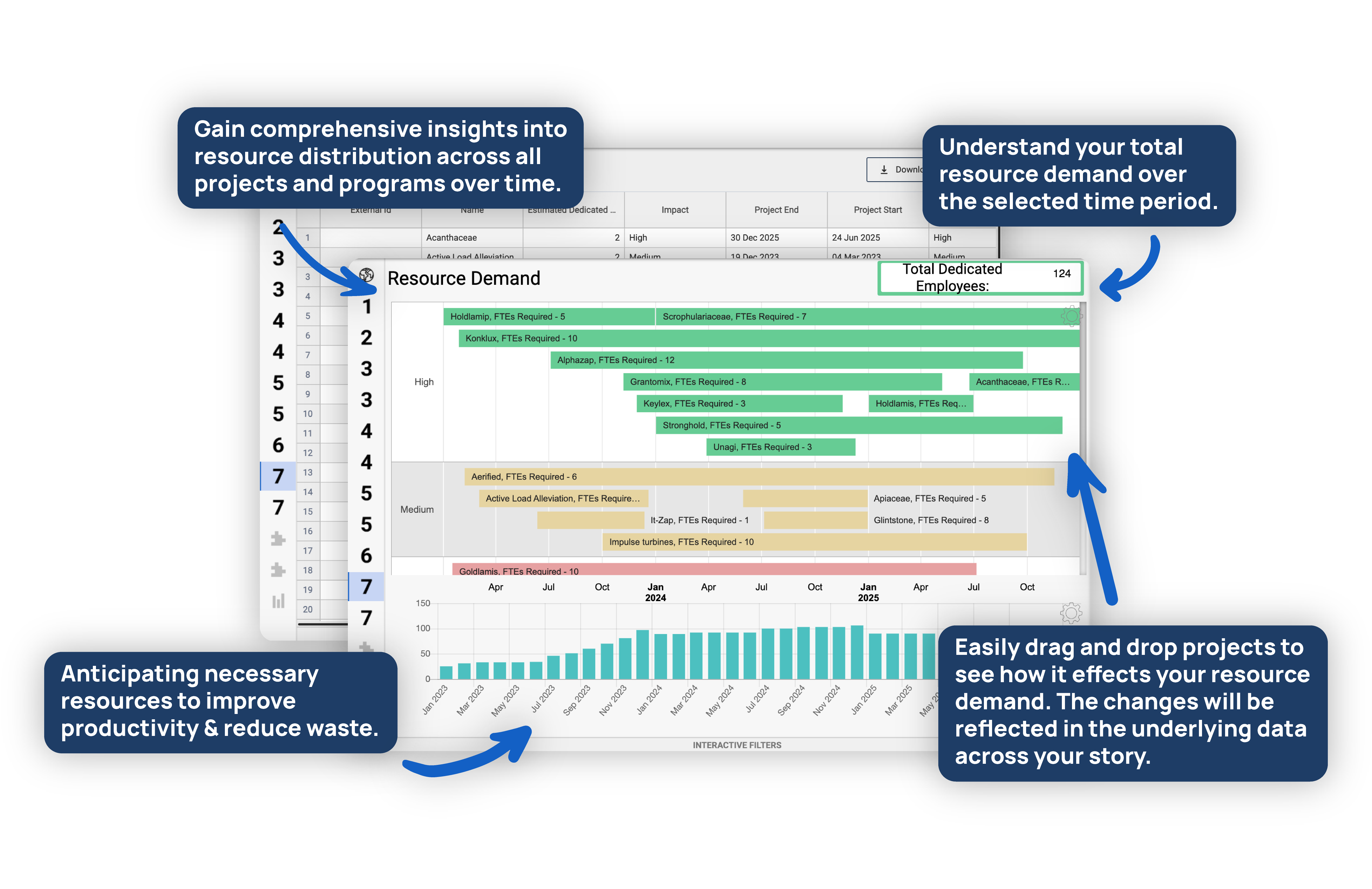
-
Risk Mitigation
Effective portfolio management involves assessing and managing risks associated with various projects or investments. By diversifying the portfolio and implementing risk mitigation strategies, organizations can minimize exposure to potential threats and uncertainties, safeguarding their interests and enhancing resilience.
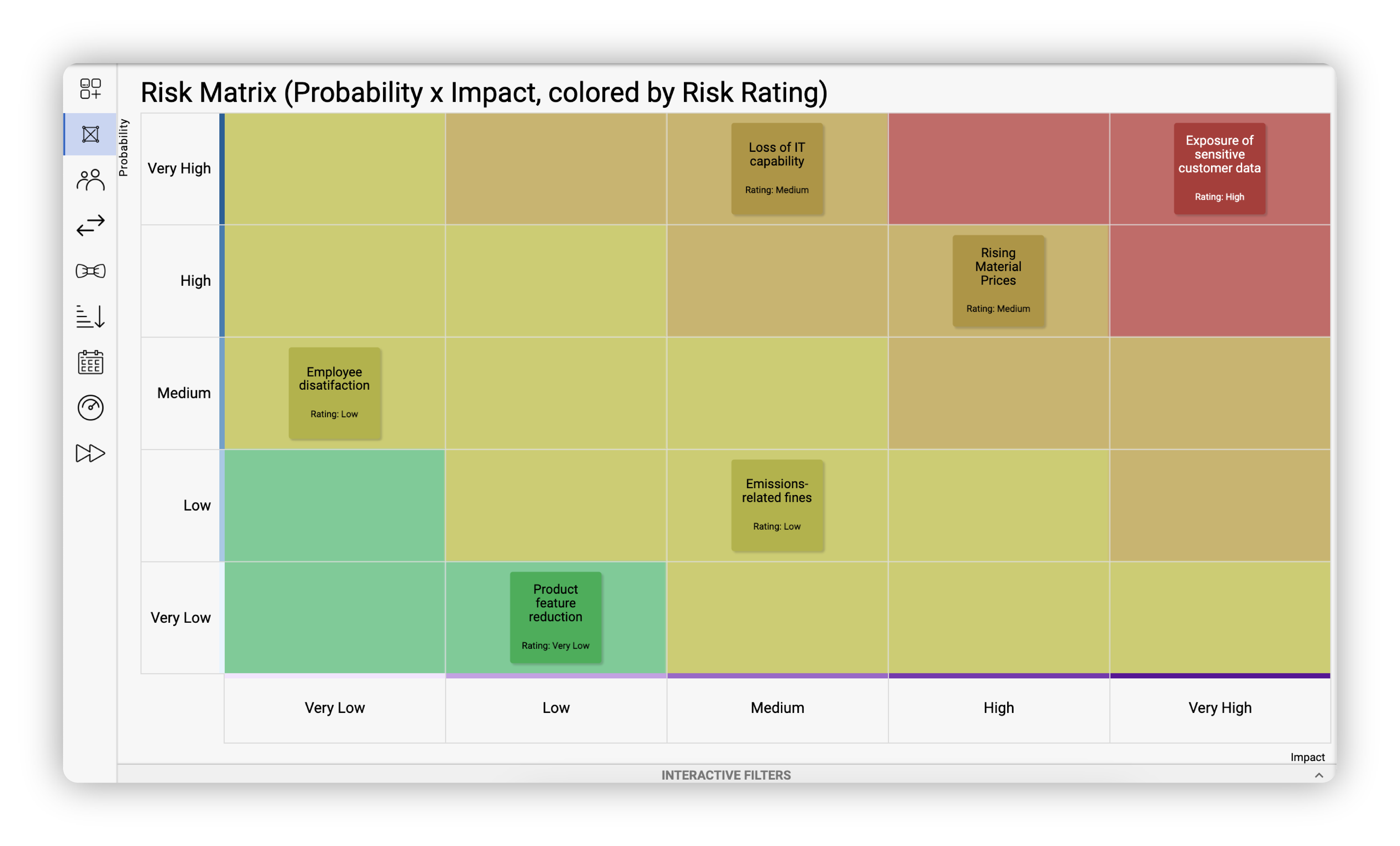
Align and uncover more value from all your management disciplines and move faster from analysis to action -
Enhanced Decision-Making
Strategic portfolio management provides decision-makers with valuable insights and data-driven analysis to make informed decisions regarding project selection, prioritization, and resource allocation. By leveraging comprehensive information about project performance, market trends, and risk factors, organizations can optimize decision-making processes and drive better outcomes.
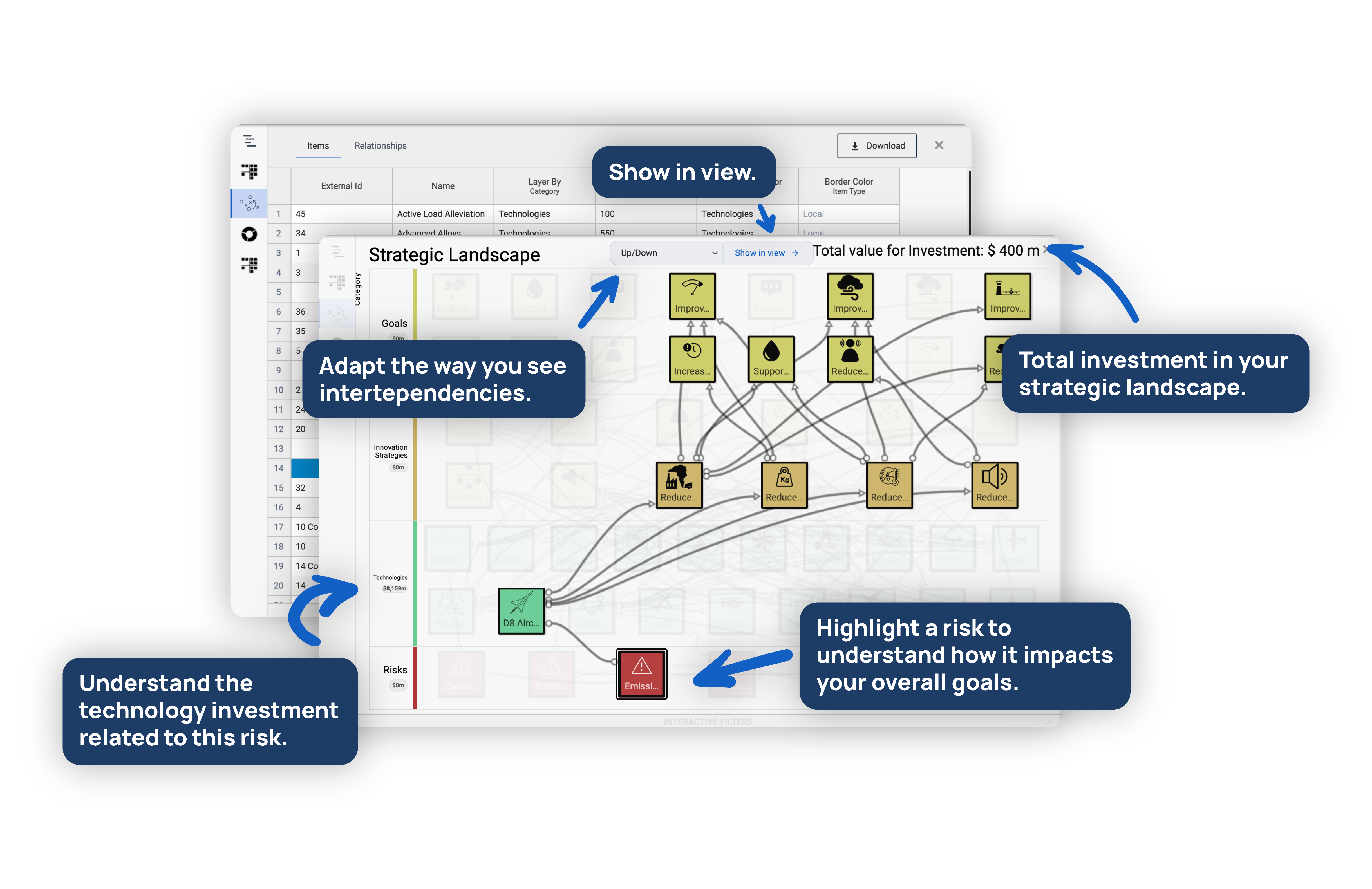
-
Improved Financial Performance
A well-managed portfolio can lead to improved financial performance by optimizing returns on investments, controlling costs, and maximizing the overall value generated for the organization. Strategic portfolio management helps identify opportunities for growth, innovation, and profitability, enabling organizations to stay competitive and sustainable in the long run.
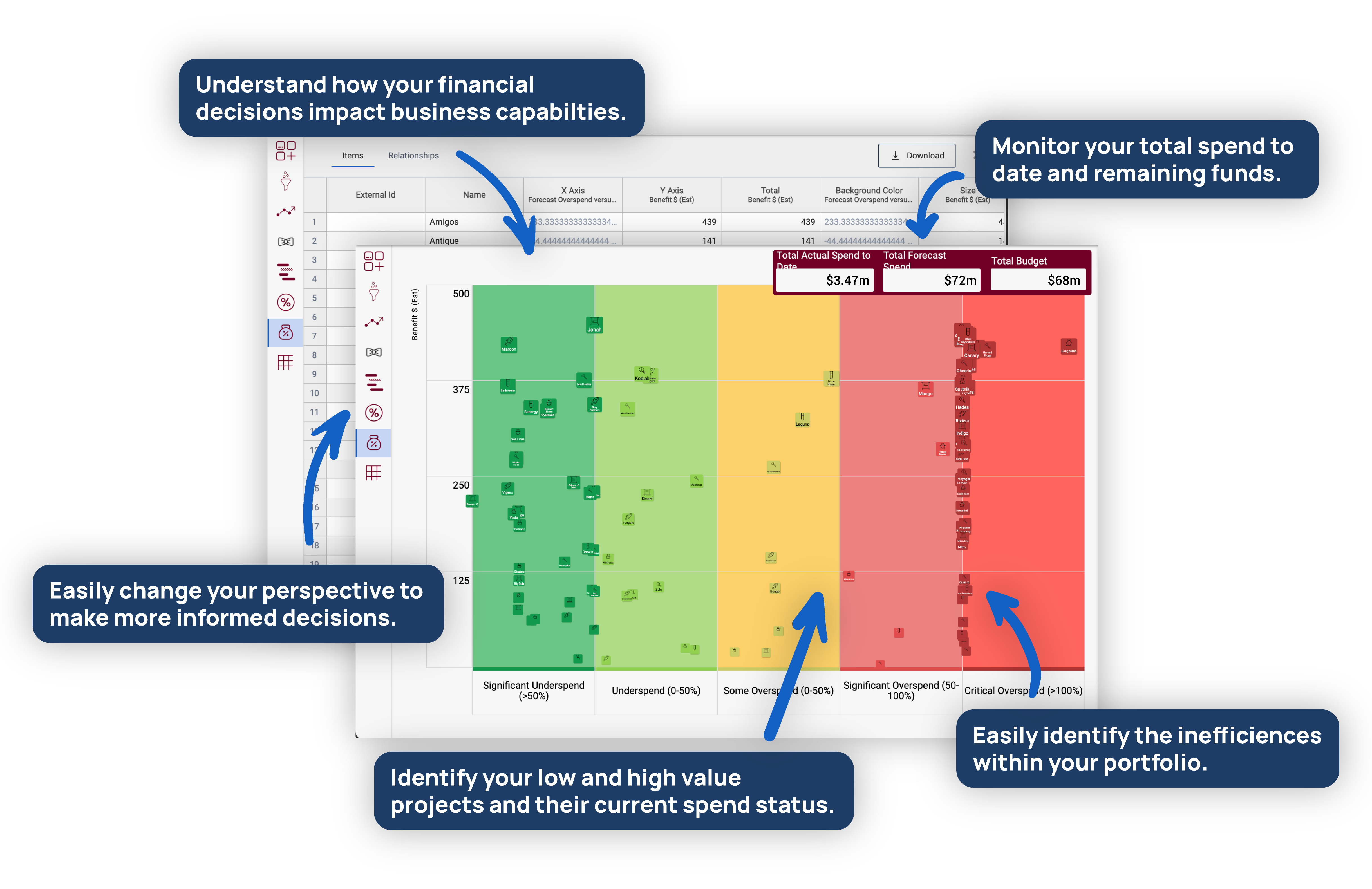
-
Adaptability and Flexibility
In today's rapidly evolving business environment, organizations need to remain agile and adaptable to respond effectively to changes and disruptions. Strategic portfolio management provides the flexibility to reallocate resources, adjust priorities, and pivot strategies as needed to capitalize on emerging opportunities or mitigate emerging threats.
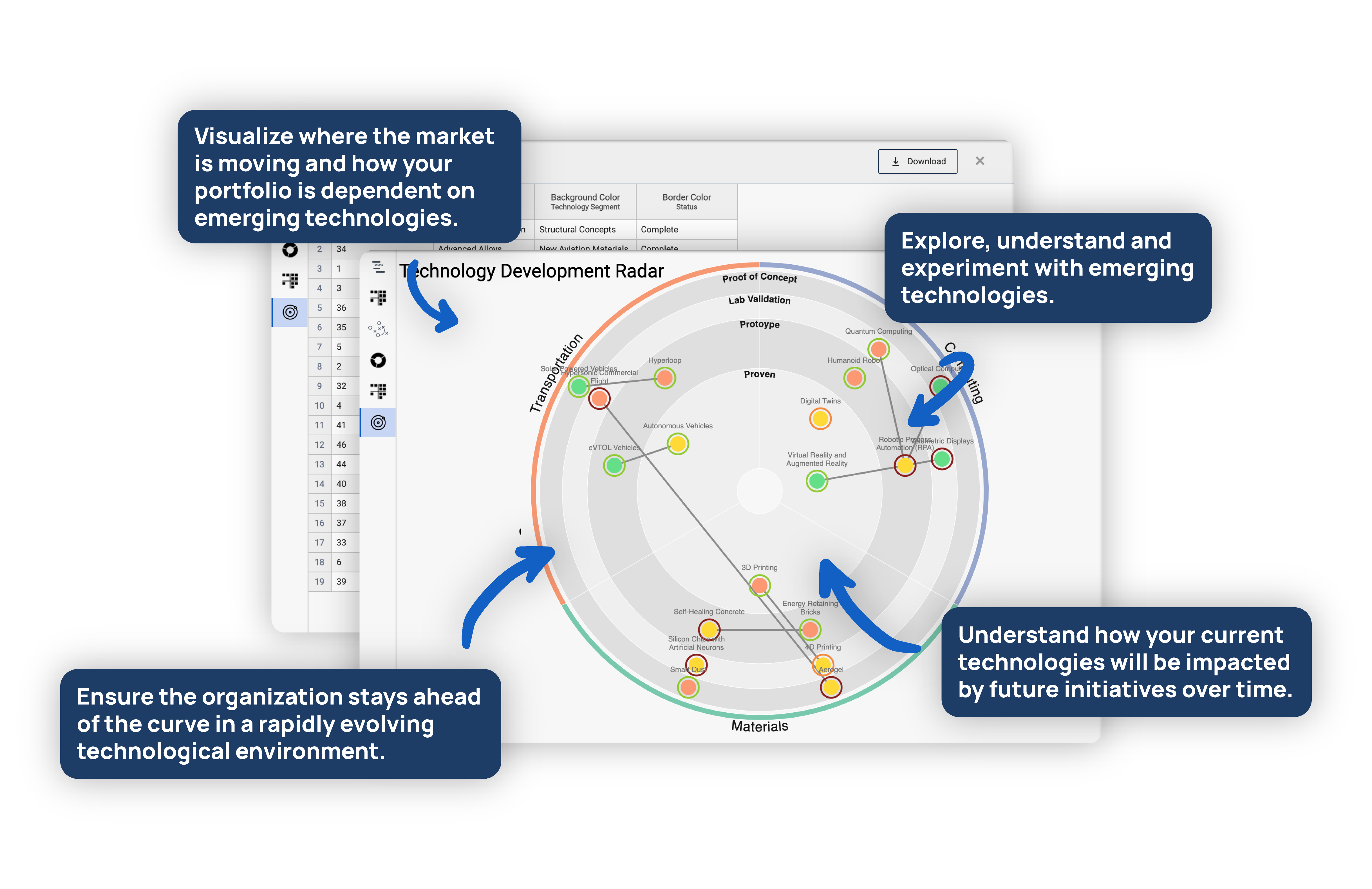
-
Enhanced Stakeholder Engagement
By fostering transparency, accountability, and collaboration, strategic portfolio management strengthens relationships with stakeholders, including investors, clients, employees, and partners. Clear communication about portfolio objectives, progress, and performance builds trust and confidence, enhancing stakeholder satisfaction and support.
In essence, strategic portfolio management is critical for organizations seeking to optimize their project portfolios, drive sustainable growth, and achieve long-term success in today's dynamic and competitive business landscape. By aligning resources with strategic objectives, managing risks effectively, and making informed decisions, organizations can unlock new opportunities, mitigate challenges, and create enduring value for all stakeholders involved.
Embracing strategic portfolio management is not just a choice but a necessity for organizations aspiring to thrive and excel in the ever-changing world of business.

